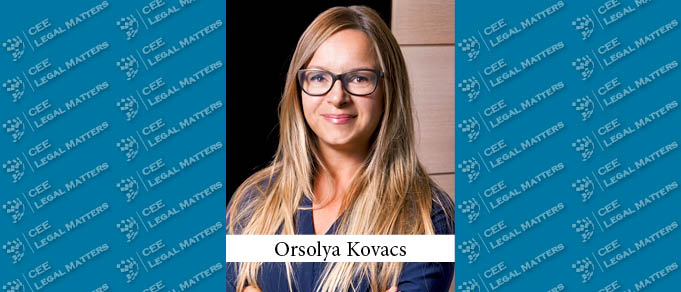As the world continues to fight the challenges presented by COVID-19, some guidance on the effects on litigation of the COVID-19 crisis can be discerned from the past year. We know that some sectors have suffered more than others, and participants in industries most affected by COVID-19, like airlines, HORECA, tourism, entertainment, and the commercial real estate sector have already become involved in related legal disputes, such as contractual disputes concerning supply chain disruptions. The big question is whether the pandemic qualifies as a force majeure or a material adverse change that could allow the contracting parties to walk away.
In addition to the newly appeared derivative claims, the management of new COVID-19 related claims in addition to already pending cases was a big challenge for the Hungarian court system last year. However, it appears that the law has developed and adapted, as it always does. After the very first day of the state of emergency – which was declared on March 11, 2020 – it took only two and a half weeks (March 31, 2020) for courts to restart their work (although of course with limited capacity, postponements of deadlines for hearings and filings, and restrictions on entering court buildings and file review (subject to previous registration, etc.). In the meantime, courts have been equipped with virtual facilities (like the distance-hearing system which was installed independently of COVID-19 and which now provides more than 70 conference rooms in court buildings suitable for sessions across the country, mainly used for taking evidence by videoconference) and have offered e-hearings on online platforms (such as Skype for Business).
Actually, last year distance-hearings were widely used, especially in criminal cases, unlike e-hearings, which remained uncommon. There could be several reasons for this reluctance among legal practitioners, one of which could be the lack of infrastructure. However, there might be further considerations in the background as well, like the importance of physical presence in the court room, which facilitates free-flowing discussions and allows the court the opportunity to read body language, and which also avoids the formality of e-hearings, connected to the ability to make full-time recordings.
Of course, the courts were eager to recover quickly after the 2.5-week closure to avoid any sizeable backlog. Court statistics show that for the first two quarters of 2020, the number of new claims dropped by only 2.3% – impressive, compared to the 11% decrease in new claims in 2018 (due primarily to the then-newly-introduced Civil Procedural Code). Of course, the effects of the pandemic are easy to identify in the statistics for the first half of 2020: the number of closed cases dropped by 6.8%, the number of pending cases increased by 1.7%, and the ratio of filing and closing of 2020 is by far the lowest in recent years. Unfortunately, the continuous decrease in delayed cases (i.e., cases still pending after two years) stopped in 2020, which means that cases started and/or pending in COVID-19 times may take even longer to resolve. We anticipate that this backlog will start to decrease, however, as the courts adapt to the pandemic and respond to pressure to deliver justice where possible. Even now, hearings are scheduled and held more and more as they were in the pre-pandemic era, though there are notable differences: plastic shields installed on the desks, chairs placed according to rules of social distancing, mandatory mask wearing, and airing of the court rooms every 40 minutes.
While courts are now moving forward with pre-existing cases with greater ease, they still have to deal with the fallout of the COVID-19 pandemic, including an increasing number of consumer claims, contractual disputes, insolvencies, and employment claims, which are likely to stay with us in the post-COVID-19 era, too.
This might push courts to go ahead with the original (and stricter) deadlines; however, the courts, legal practitioners, and clients must be conscious that it is likely to take longer and require more work to achieve results by remote-working compared to more traditional methods – anticipating that society may keep the home workstyle even after COVID-19.
By Orsolya Kovacs, Partner, Nagy & Trocsanyi
This Article was originally published in Issue 8.2 of the CEE Legal Matters Magazine. If you would like to receive a hard copy of the magazine, you can subscribe here.



